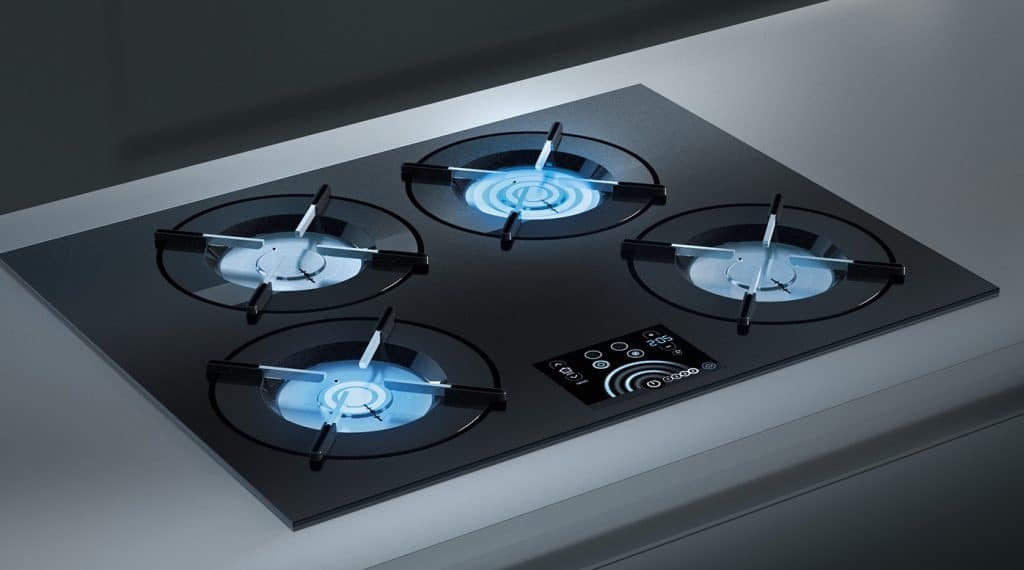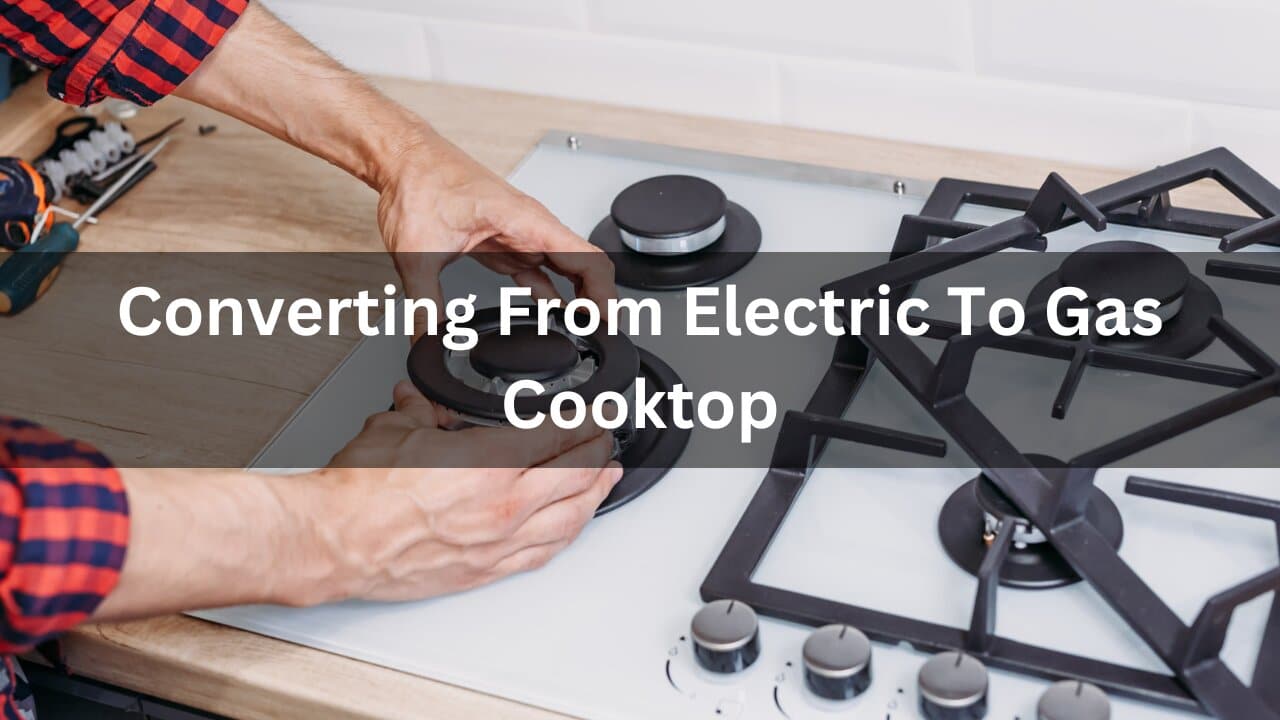Are you tired of your electric cooktop and dreaming of the precision and control that only gas can offer? You’re not alone. Many home cooks are making the switch from electric to gas cooktops for a variety of reasons, including faster cooking times, better heat distribution, and an overall enhanced culinary experience. If you’re considering this upgrade but aren’t sure where to start, you’ve landed in the right place.
This guide will walk you through everything you need to know—from different gas cooktop designs to essential tools for conversion—ensuring a smooth transition into the world of flame-cooked meals. Get ready to ignite your passion for cooking with our comprehensive guide!
Table of Contents
Why Convert from Electric to Gas?
The Benefits of Gas Cooking
Switching to a gas cooktop offers several advantages:
- Immediate Heat Control: Gas burners allow for instant heat adjustments, providing better control over cooking temperatures.
- Even Heating: Gas cooktops often distribute heat more evenly across the bottom of pots and pans.

- Cost Efficiency: Natural gas can be less expensive than electricity, depending on your location.
- Culinary Precision: Gas cooktops are favored by professional chefs for their responsiveness and precise temperature control.
The Challenges of Conversion
However, converting from electric to gas involves several considerations:
- Installation Complexity: The conversion process can be intricate, requiring changes to existing infrastructure.
- Cost: Initial setup costs can be significant, including the purchase of new equipment and potential remodeling.
- Regulations: Gas installations must comply with local building codes and regulations.
Comparing Electric and Gas Cooktops
To provide a clearer picture, here’s a comparison of electric and gas cooktops based on key features:
| Feature | Electric Cooktop | Gas Cooktop |
| Heat Control | Gradual and less responsive | Instant and precise |
| Heat Distribution | Often uneven | Even and consistent |
| Cost | Higher operational costs | Typically lower operational costs |
| Installation | Generally simpler | May require additional plumbing and ventilation |
| Maintenance | Easy to clean | Requires regular cleaning of grates and burners |
| Energy Source | Electricity | Natural gas |
Planning Your Conversion
Assessing Your Kitchen
Before starting the conversion process, evaluate your kitchen to determine the feasibility:
- Existing Electric Cooktop: Measure the dimensions and layout of your current cooktop area.
- Gas Supply: Check if there is a gas line available in your kitchen or if one needs to be installed.
- Ventilation: Ensure your kitchen has adequate ventilation for a gas cooktop, as proper airflow is essential for safety.
Choosing the Right Gas Cooktop
Selecting a gas cooktop that fits your needs and kitchen layout is crucial. Consider the following factors:
- Size and Configuration: Choose a model that fits the existing space and suits your cooking style.

- Burner Types: Different cooktops offer varying burner configurations and features, such as high BTU burners for rapid heating or simmer burners for delicate cooking.
- Material: Gas cooktops come in various materials, including stainless steel, enamel, and glass. Each offers different benefits in terms of durability and aesthetics.
Necessary tools and materials for the conversion process
- Tools Needed
- Wrench set, screwdriver, drill, pipe wrenches.
- Materials Required
- Flexible gas line, gas shut-off valves, Teflon tape for gas connections.
- Safety Gear
- Gloves and goggles for protection during installation.
Different gas cooktop designs and layouts
- Freestanding Units
- Versatile and combined with an oven.
- Built-in Gas Cooktops
- Modern design with seamless integration.
- Professional-Grade Cooktops
- Multiple burners for precise temperature control.
- Induction-Style Gas Cooktops
- Combination of induction technology and gas elements.
Steps to convert from an electric to gas cooktop
- Gather Tools and Materials
- Ensure you have everything needed before starting.
- Turn Off Electricity
- Safety first: disconnect power before removal.
- Remove Electric Cooktop
- Carefully disconnect from the power source.
- Assess Gas Line Options
- Check for existing lines or hire a professional for installation.
- Install the New Gas Cooktop
- Position and connect to the gas line.
- Perform Leak Tests
- Use soapy water on connections before turning gas back on.
Potential challenges and solutions for electric to gas conversion
- Lack of Existing Gas Lines
- May require extensive plumbing work.
- Ventilation Issues
- Consider installing a range hood for proper airflow.
- Compatibility with Kitchen Design
- Ensure accurate measurements for seamless fit.
- Local Codes and Permits
- Research regulations beforehand to avoid issues.
Safety considerations when converting to a gas cooktop
- Professional Installation
- Hire licensed professionals for gas line setup.
- Ensure Proper Ventilation
- Install exhaust systems to handle combustion gases.
- Check for Leaks
- Regularly inspect connections for safety.
- Maintain Cooktop Condition
- Schedule regular maintenance checks.
Cost comparison between electric and gas cooktop conversion
- Initial Costs
- Higher upfront costs for gas installation.
- Running Costs
- Gas may be cheaper than electricity in many areas.
- Maintenance Costs
- Gas units might require occasional servicing.
Conclusion
Making the leap from an electric to a gas cooktop can transform your culinary experience, offering the precision and immediacy that gas cooking is renowned for. While the process involves careful planning, assessment of your kitchen’s layout, and addressing potential challenges such as gas line installation and ventilation, the benefits can be well worth the effort. With the right tools, a clear understanding of the steps involved, and a focus on safety, you can achieve a successful conversion that enhances your cooking efficiency and enjoyment. As you embrace the world of gas cooking, you’ll find yourself enjoying the art of preparing meals with newfound control and flair.
Related Articles:
Installation Of Electric Cooktop Latest Update 2024
Installation Of Gas Cooktop Latest Method 2024
FAQS
Is it necessary to hire a professional for the conversion?
Yes, it’s highly recommended to hire a licensed plumber for gas line installation and a certified electrician if any electrical work is needed. They ensure the installation complies with local codes and safety standards.
How do I ensure proper ventilation with a gas cooktop?
Proper ventilation is crucial to remove combustion byproducts and cooking odors. Install a range hood or a vent that is suitable for gas cooking. The hood should vent to the outside, not just recirculate air.
Will converting to a gas cooktop affect my utility bills?
Gas cooktops generally have lower operational costs compared to electric cooktops, but this can vary based on local gas and electricity rates.




